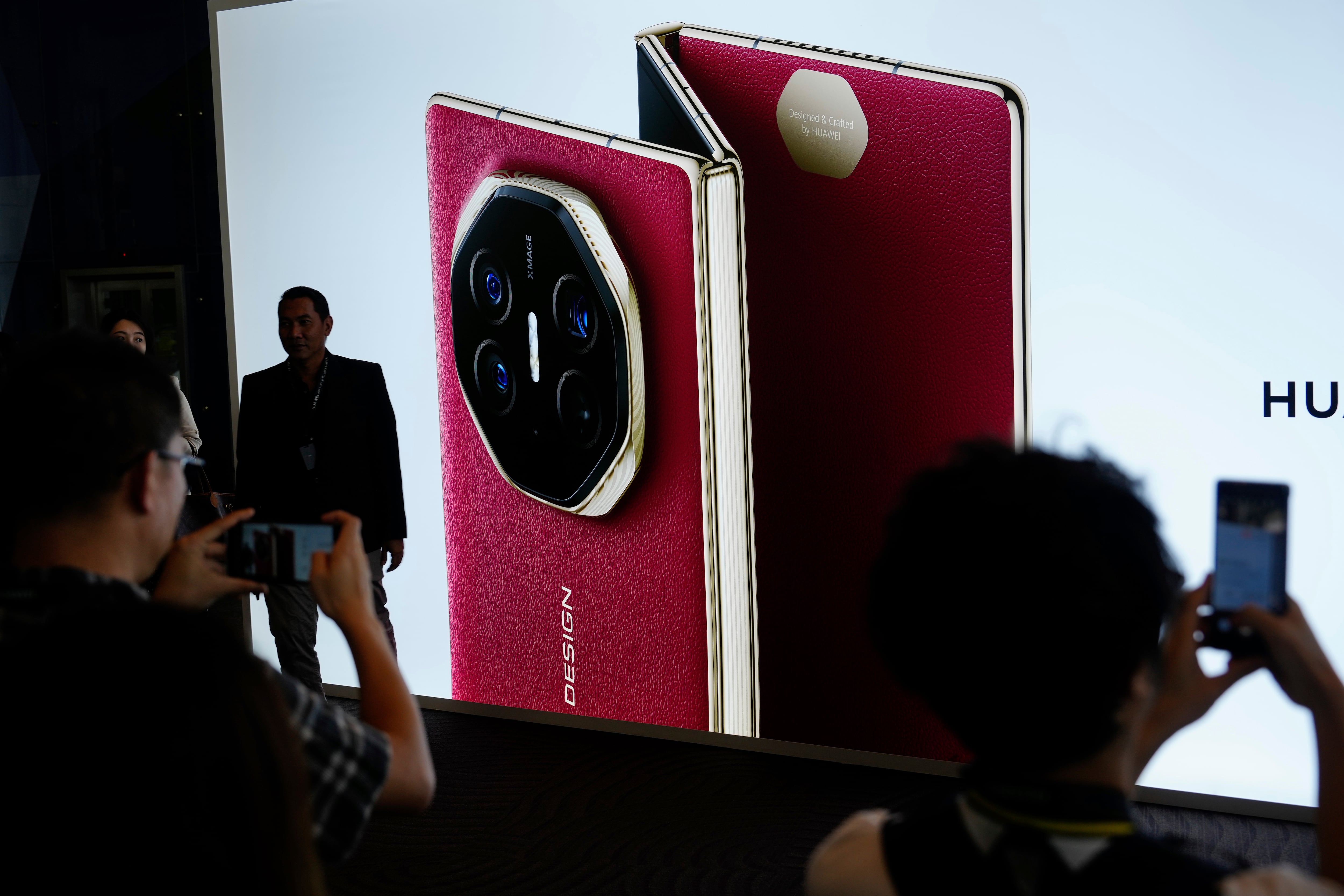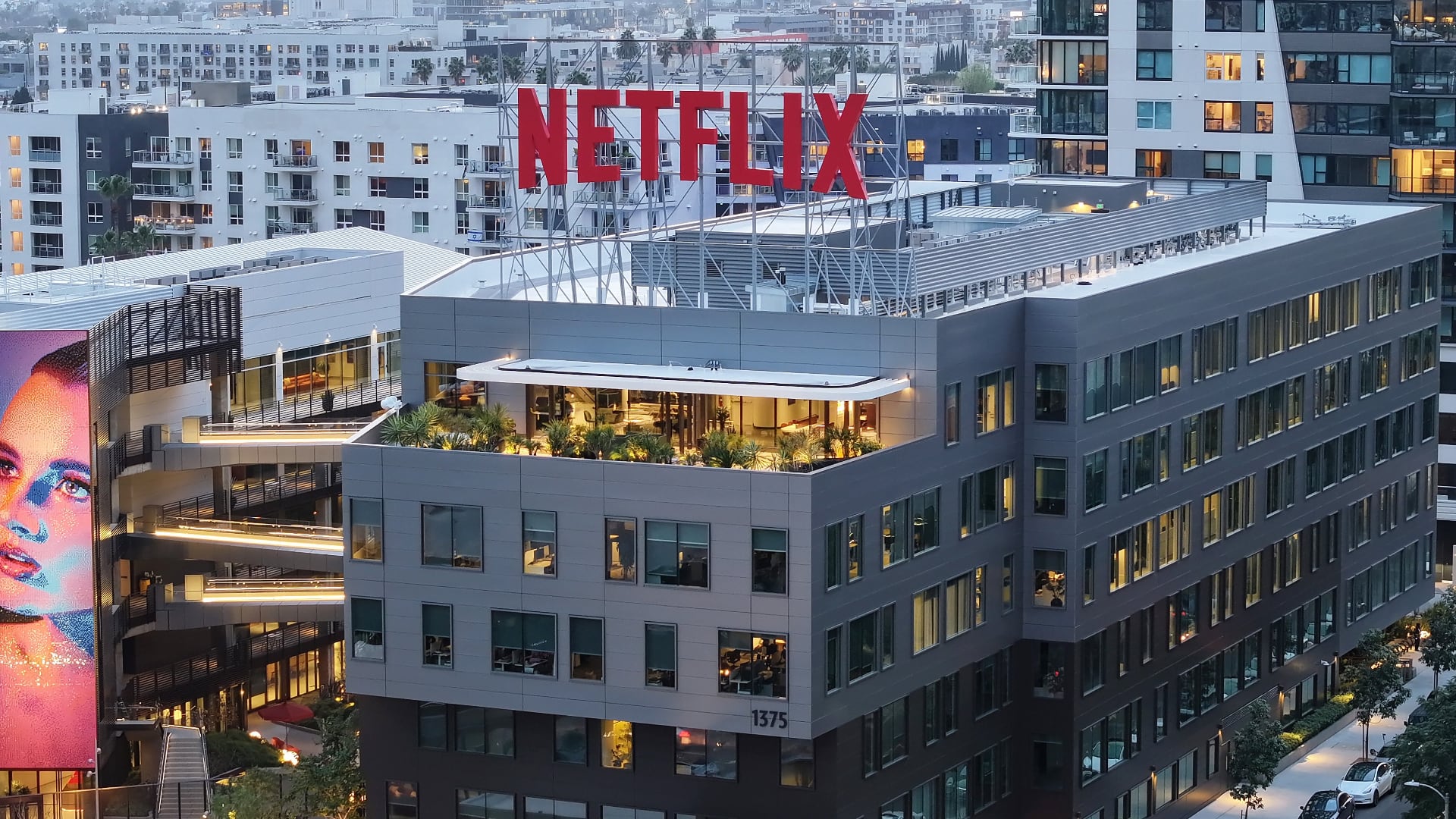KUALA LUMPUR, Malaysia (AP) — Huawei on Tuesday held a global launch for the industry’s first tri-foldable phone, which analysts said marked a symbolic victory for the Chinese tech giant amid U.S. technology curbs. But challenges over pricing, longevity, supply and app constraints may limit its success.
Huawei said at a launch event in Kuala Lumpur that the Huawei Mate XT, first unveiled in China five months ago, will be priced at 3,499 euros ($3,662). Although dubbed a trifold, the phone has three mini-panels and folds only twice. The company says it's the thinnest foldable phone at 3.6 millimeters (0.14 inches), with a 10.2-inch screen similar to an Apple iPad.
“Right now, Huawei kind of stands alone as an innovator" with the trifold design, said Bryan Ma, vice president of device research with the market intelligence firm International Data Corporation.
Huawei reached the position despite “not getting access to chips, to Google services. All these things basically have been huge roadblocks in front of Huawei,” Ma said, adding that the “resurgence we're seeing from them over the past year has been quite a bit of a victory."
Huawei, China’s first global tech brand, is at the center of a U.S.-China battle over trade and technology. Washington in 2019 severed Huawei’s access to U.S. components and technology, including Google’s music and other smartphone services, making Huawei's phone less appealing to users. It has also barred global vendors from using U.S. technology to produce components for Huawei.
American officials say Huawei is a security risk, which the company denies. China’s government has accused Washington of misusing security warnings to contain a rising competitor to U.S. technology companies.
Huawei launched the Mate XT in China on Sept. 20 last year, the same day Apple launched its iPhone 16 series in global markets. But with its steep price tag, the Mate XT “is not a mainstream product that people are going to jump for,” Ma said.
At the Kuala Lumpur event, Huawei also unveiled its MatePad Pro tablet and Free Arc, its first open-ear earbuds with ear hooks and other wearable devices.
While Huawei’s cutting-edge devices showcase its technological prowess, its long-term success remains uncertain given ongoing challenges over global supply chain constraints, chip availability and limitations on the software ecosystem, said Ruby Lu, an analyst with the research firm TrendForce.
"System limitations, particularly the lack of Google Mobile Services, means its international market potential remains constrained,” Lu said.
IDC's Ma said Huawei dominated the foldable phone market in China with 49% market share last year. In the global market, it had 23% market share, trailing behind Samsung's 33% share in 2024, he said. IDC predicted that total foldable phone shipments worldwide could surge to 45.7 million units by 2028, from over 20 million last year.
While most major brands have entered the foldable segments, Lu said Apple has yet to release a competing product.
“Once Apple enters the market, it is expected to significantly influence and stimulate further growth in the foldable phone sector,” Lu added.













